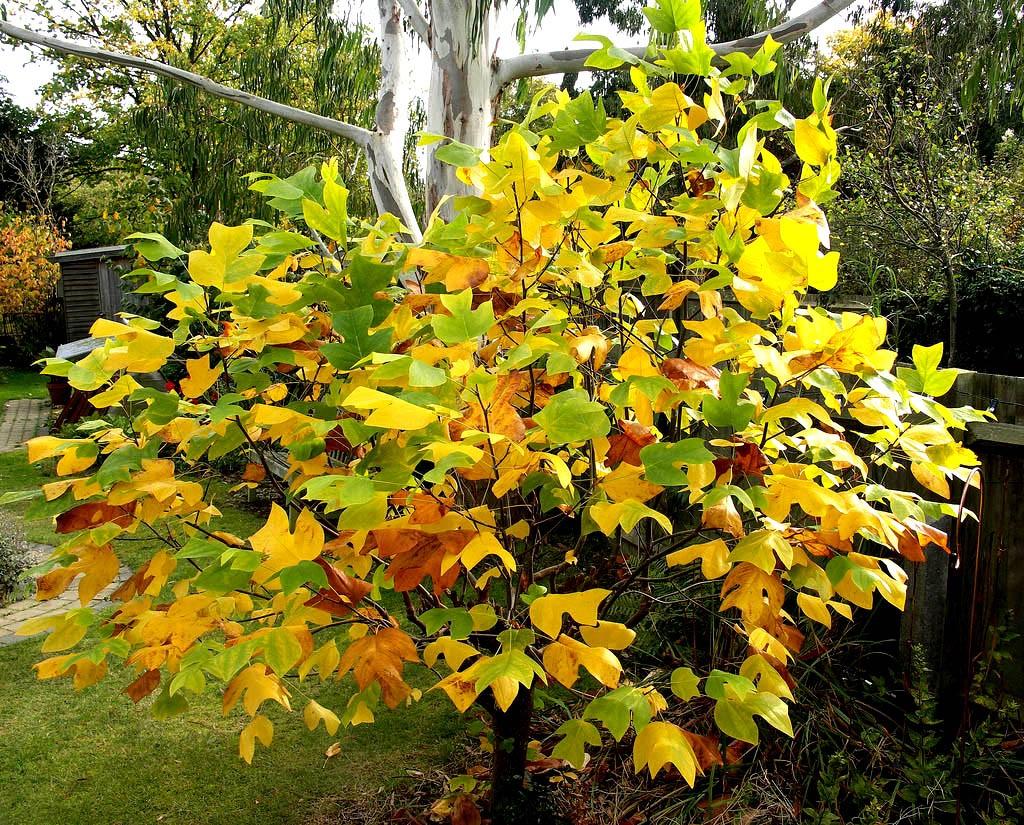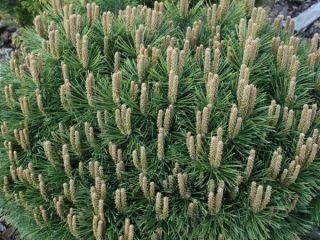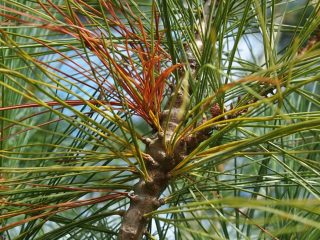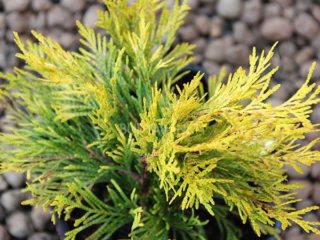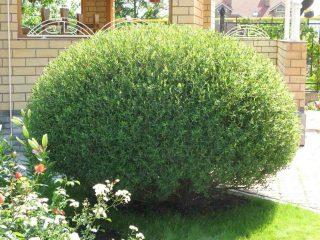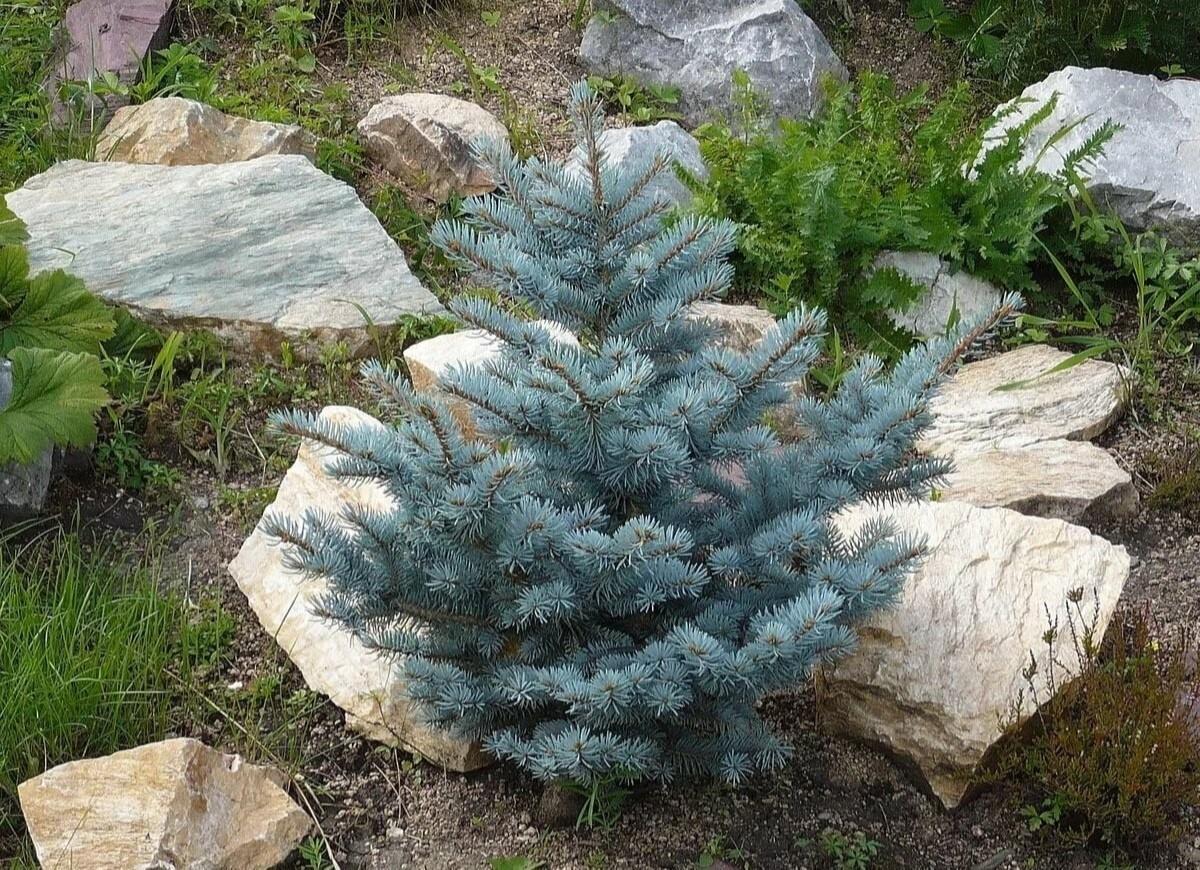Content
Tulip liriodendron is one of the most spectacular plants used for landscaping garden plots and park areas. This unique ornamental crop, named for its luxurious flowers, is adapted for cultivation in central Russia.

Bees can collect hundreds of kilograms of nectar from tulip lyriodendron flowers
What does a tulip tree look like?
Tulip liriodendron is a deciduous tree from the Magnoliaceae family with a round or pyramidal crown. The spreading branches of the plant begin to extend from the very base of the trunk. A beautiful tree crown can form independently, without human intervention. The straight, powerful trunk with gray, smooth bark is occasionally cut through by shallow longitudinal cracks. The average tree height is 30-35 m, but some specimens reach 60 m.
The wide 4-6-lobed leaves of the tulip tree have a rare lyre-shaped shape. They are placed on rather long petioles.In spring and summer, the leaf blades have a delicate light green tint, and in the fall they turn yellow-brown. The flowers of the tulip tree are single, large (up to 6 cm in diameter). Petals with an orange base acquire a yellow-green hue towards the top.
The buds bloom at the end of May, the tree blooms until mid-June. At this time, the plant emits an aroma reminiscent of the smell of fresh cucumbers. The fruits of the tulip tree, similar to large cones, ripen by October and remain on the branches until the end of winter.

Liriodendron is considered the tallest deciduous tree in the temperate zone.
Where does the tulip tree grow?
Tulip lyriodendron grows in areas with subtropical and temperate climates. Scientists have discovered genetic features indicating that the distribution area of the tulip tree thousands of years ago extended to northern latitudes. Work has been done to adapt the breed to fairly harsh weather conditions, and currently liriodendron is successfully grown even in Scandinavian countries.
In Russia, the tulip tree thrives in the Black Earth regions, Kuban and Transcaucasia. Some types of lyriodendron are cultivated in the Moscow region and in neighboring regions. The exception is varieties with low cold resistance.
Timing of flowering of the tulip tree
Liriodendron blooms for a short time - from two weeks to a month. The timing of bud formation depends on the type of tree. The longest flowering is observed in the Glen Gold variety.
Varieties
There are three main varieties of lyriodendron: American, Chinese, African. The names speak volumes about where these trees came from. The species are easily crossed with each other, thanks to which several ornamental varieties have been created that are popular among gardeners and landscapers of urban areas.
American look
This type of tree has emphatically decorative qualities. The slender trunk of an adult plant resembles a grandiose column. The lush crown of the American lyriodendron reaches a height of 50 m.

The green with a blue tint of the leaves of the American lyriodendron becomes golden in the fall.
Chinese view
A small tulip tree usually does not exceed 15 m in height. The buds of Chinese lyriodendron are 5-6 cm in diameter. The inner flower petals are yellow, the outer ones are greenish.

Chinese lyriodendron has good cold tolerance
Spathodea campanulate
The second name of the spathodea variety is African tulip tree; this is a species of amazing beauty, as evidenced by the photo. With the arrival of warmth, the plant is completely covered with large bright red buds. The crown of a tree with lacy foliage looks impressive even without flowers. African lyriodendron reproduces by seed and takes root well in moist soil.

In natural conditions, the African tulip lyriodendron blazes with scarlet flowers all year round.
Numerous varieties of tulip lyriodendron have remarkable features.Some of them are adapted for cultivation in central Russia:
- Ardis (Arlis);
The Arlis tree is covered with small leaves with beveled ends; large buds are formed within three weeks
- Chapel Hill (Chapel Hill);
Cup-shaped flowers on a fast-growing hybrid with a cone-shaped crown appear at the end of May
- Glen Gold (Glen Gold).
The lamellar leaves of the variety are distinguished by a golden hue, flowering lasts a month
Growing a tulip tree
A tulip tree can be grown in the Moscow region and even in more northern regions, for example, in the Leningrad region, which is confirmed by reviews from gardeners. The site selected for cultivating lyriodendron must meet certain requirements:
- An area protected from cold winds so that fragile branches of young seedlings do not break.
- The soil for growing is neutral or slightly acidic. The best option is sandy or clay soil.
- A prerequisite is good soil drainage. The earth must allow oxygen and moisture to pass through.
It is equally important to purchase high-quality planting material. The best choice is seedlings from nurseries in plastic containers.

Fertilized soil after planting provides the young plant with the necessary nutrition.
Landing
The tulip tree is planned to be planted in the spring. It is important that the ground on the site warms up well. The work is carried out following the sequence of procedures.
- A few days before planting lyriodendron seedlings, pits are prepared. A drainage layer is formed at the bottom of the holes, protecting the root system of the plant from waterlogging.
- Remove the seedling from the container, trying not to disturb the earthen lump. The tree is placed in the center of the planting hole.
- Bury, gradually compacting the substrate.Water the tree trunk circle.
Agrotechnicians advise mulching the planting site with dry grass or compost. The procedure is aimed at preserving moisture in the soil and preventing the growth of weeds.
Care
To obtain a healthy tulip tree with a beautiful crown, you must follow the rules of agricultural technology when caring. The procedures are simple and accessible even to novice gardeners:
- Frequent and moderate watering. It is advisable to use warm, settled water.
- An actively developing plant needs additional moisture. To do this, in areas with arid climates, the tree is irrigated in the morning or evening using a hose equipped with a sprinkler.
- Feeding is required in the second year after planting. For the first fertilization, a nitrogen-containing complex is used; for the second procedure, a potassium-phosphorus composition is suitable.
- Mulching protects the root system of the plant from drying out and the growth of weeds.
- Timely pruning helps to form a beautiful crown.
Despite sufficient frost resistance, if the temperature threatens to drop below -23 0It is necessary to cover tulip trees for the winter. The algorithm for preparing for cold weather includes:
- creating a thick mulch layer;
- bending down young trees and fixing them;
- covering plants with thick burlap (aggrofabric).
Another method of winter protection is a structure made of branches, which is later covered with a layer of snow. With the arrival of spring, the covering material is removed, otherwise the plant is in danger of damping off from excessive heat. Liriodendron roots are able to recover even after freezing.
Tulip tree propagation
Liriodendron is propagated in several ways. The most accessible is cuttings. For this purpose, young shoots without bark are used.
A proven option for propagating a tulip tree is growing from seeds. Using this method, it is necessary to maintain soil moisture. When transplanting a plant into open ground, it is important to ensure high-quality drainage.
An economical and uncomplicated method is propagation through root shoots. The tree recovers quickly after the procedure. Having planted part of the root, after a short time you can rejoice at the appearance of a shoot.
Reproduction by layering is recommended in the fall after the leaves fall. The shoots are sprinkled with earth, leaving the tops uncovered. In the spring, during the formation of buds, the layering is looped. The following year, the mature plant is separated from the mother specimen.
Methods of application
Liriodendron is a striking element of landscape design. The dense crown and large flower buds attract everyone's attention. Fast growth, good frost resistance and lack of aggressiveness towards surrounding plants allow the tulip tree to be used in various landscape formations: gardens, parks, public gardens.
Chinese lyriodendron is especially popular among landscape designers.

The plant gradually forms into a powerful low tree, and when it grows in width it takes the form of a bush.

Both single plantings of lyriodendron and tulip tree alleys look impressive
Conclusion
Tulip liriodendron is rightfully considered one of the most beautiful tree species. High decorative qualities, the ability to provide the necessary conditions for formation and sufficient frost resistance contribute to increasing the popularity and further spread of the plant.
Reviews of the tulip tree


